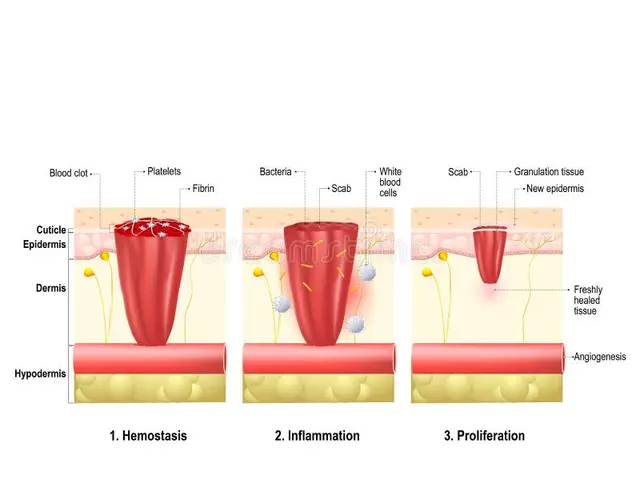Best Foods for Colitis — Eat to Ease Pain and Stay Comfortable
When colitis flares up, food can be medicine or a trigger. Pick foods that lower inflammation, soothe the gut, and are easy to digest. Below are simple choices and how to use them day-to-day.
Quick foods that calm flares
Start with low-residue, gentle options. Plain white rice and mashed potatoes (no skin) reduce stool bulk and soothe irritation. Bananas provide potassium and are easy on the gut. Applesauce is better than raw apples—peel and cook fresh fruit into a smooth sauce.
Cooked carrots, peeled zucchini, and steamed squash are soft, low-fiber veggies you can tolerate more easily than raw salads. Well-cooked oats or cream of rice make a warming breakfast that won’t upset your bowels. Eggs are a great protein source that most people handle well; try them boiled or poached.
Lean proteins like skinless chicken, turkey, and baked or steamed fish are low in fat and gentle. Tofu and smooth nut butters (peanut or almond in small amounts) give plant-based protein without heavy fiber. Bone broth and plain soups add nutrients and fluid without hard bits.
Yogurt with live cultures can help some people by restoring good bacteria — choose plain, low-sugar varieties. Olive oil is a mild fat that can help caloric intake without causing loose stools for many people.
How to eat and cook for your gut
Cook foods until very soft. Peel fruits and vegetables to cut fiber. Blend or mash food if chewing is painful or if stools are loose. Eat small, frequent meals instead of three big ones — that eases digestion and cuts cramping.
Keep a food diary for two weeks: note what you eat and symptoms that follow. This simple log often reveals personal triggers (dairy, spicy food, coffee, or raw nuts). If dairy bothers you, try lactose-free milk or a calcium supplement after checking with your doctor.
Limit seeds, whole nuts, popcorn, raw corn, tough meats, and high-fiber grains during flares. Avoid fried foods, heavy cream sauces, alcohol, and too much caffeine — they commonly make symptoms worse.
When symptoms calm, reintroduce foods slowly and one at a time. Try small portions and wait 48–72 hours to see how your body reacts. For some people, a low-FODMAP approach helps; for others, simple low-residue eating is enough.
Remember: colitis is personal. Use these food choices as a starting plan, not a strict rulebook. Talk with your doctor or a registered dietitian before making major diet changes, especially if you’re losing weight or need special nutrition during treatment.
Need meal ideas? Try a morning of cooked oats with mashed banana, lunch of brothy chicken soup with soft carrots and white rice, and dinner of baked cod with mashed potato and steamed zucchini. Small swaps like these can keep calories up and pain down while you manage colitis.




